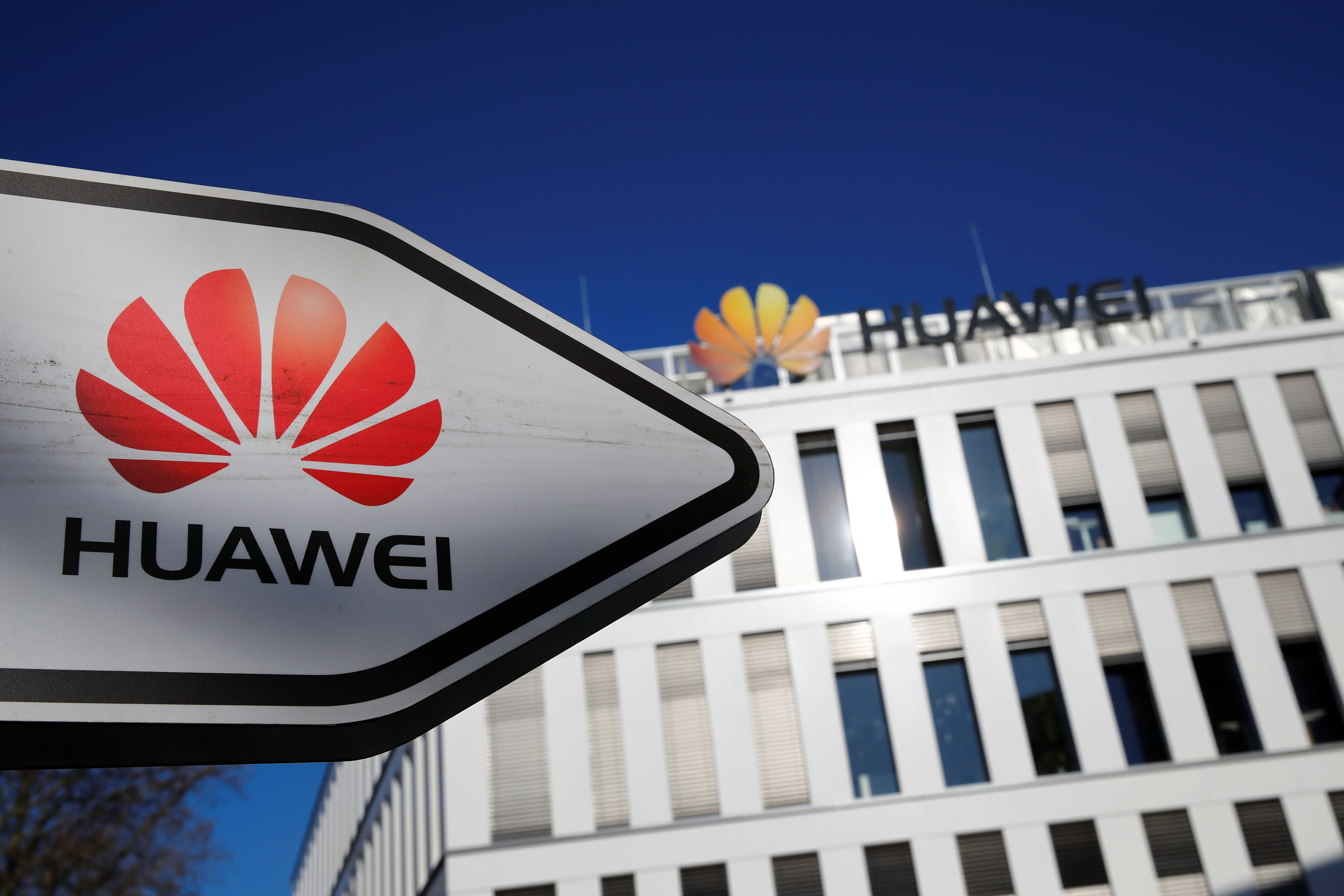ANALYSIS: A few years ago, tech stocks were hot property. New listings would land on Wall Street, investors would get really excited, and the market would drive the initial public offering through the roof.
This definitely didn't happen with Uber's initial price offering a few days ago.
Uber's initial public offering (IPO) was a car crash. Which is potentially terrible news for Uber, because it suggests that investors don't have confidence in the app-based cab company to defend or build on its position in the market.

AP
A banner for Uber is draped on the front of the New York Stock Exchange before the world's largest ride-hailing service holds its initial public offering.
And this, somehow, seems to be a surprise to Uber.
READ MORE:
* Uber's disastrous record - worst dollar loss ever for a US IPO's first day
* Uber trades below last private value in rocky post-IPO start
* Uber makes its workers millionaires as it prices IPO at US$45 a share
* The great Uber strike: drivers make their demands known
We know this because Uber chief executive Dara Khosrowshahi, said so himself in a note he wrote to his staff on Monday.
"Obviously our stock did not trade as well as we had hoped post-IPO."
And that's putting it mildly. Calling it a "disaster" would be more accurate. Uber's US$45 (NZ$68.80) a share IPO price fell 7.6 per cent on its first day of trading, and tumbled another 11 per cent the following day, closing at US$37.10 a share.
Ouch.
How did this happen? Well, there are two main schools of thought here.
Optimists will point towards similar turbulent patterns tech firms have experienced in the weeks that followed their IPO.
Facebook's IPO, for example, was US$29.60 when it went public in May 2012. It then experienced an upwards trend to US$31.09 in the following month, before crashing down to a price of US$18.05 two months later.
Facebook's stock was priced at US$193.40 just last month, just US92 cents short of its record price. So a clear success.
On the other end of the scale, you have tech companies like Snapchat. Its IPO of US$27.09 dropped to US$19.54 in its first two months and continued to trend downwards. Snapchat's stock price reached a record low of US$4.99 in December 2018 and is now trading around the US$10 mark.
So, what does the future look like for Uber?
Good question. Now that Uber's gone public, it has an added responsibility to shareholders. This means it is a company that sooner or later will have to start returning a profit to pay its shareholders dividends. That's the name of the game, after all.
Let me start with the (slightly) good news. Uber released its IPO at an iffy time. Market confidence in tech stocks is not what it was a few years ago. It could be argued that market confidence has pushed Uber's price lower than what it's actually worth.

AP
Uber boss Dara Khosrowshahi arrives for the Tech for Good summit in Paris.
But I'm not buying that. We're definitely not in a bear market, and investors will snap up a good deal when it comes along. Tech stock or otherwise.
And Uber's US$3b operational losses last year, suggest that this nine-year old company simply doesn't represent that good of an investment opportunity.
But I'm a technology journalist, not Warren Buffet. Ultimately, the long-term performance of Uber's stock shouldn't be drastically affected by its early performance on Wall Street. Like all stocks, it will come down to two reasonably straightforward factors.
Is Uber likely to return a profit in future?
Is its position in the market defensible?
Both of these points are definitely up for debate. Uber famously doesn't own any large assets. It's software and industry reputation makes up 100 per cent of the company. Drivers aren't employees and can stop working for Uber at any time.
And the sharks are already circling. Lyft and Ola are two apps that offer largely the same service. If their market share grows and they offer self-employed drivers a large cut of fares, it's hard to see how Uber can defend its position without taking a smaller cut of fares (currently 20 per cent). But that would drive down profit, which would hurt their share price further.

SUPPLIED
Now that Uber's gone public, it has an added responsibility to shareholders.
More worryingly for Uber, there's also the very real possibility that drivers could unionise, or form a working cooperatively and launch a driver-owned rival to Uber.
Gig economy apps that are run by the workers themselves are already happening.
Look at Up & Go, for example. This is an app that's owned and operated by house-cleaning professionals in New York.
The benefits are easy to see. Just 5 per cent of fees go to Up & Go, and that's spent solely on software maintenance and development. The rest goes to the worker. Creating an obvious appeal for both the worker and community-focused users. Which should be everyone.
Up & Go as other benefits too. Its workers are all professionals who are peer-selected through reference checks, interviews, and trial cleanings.
If this model was adopted by taxi drivers the world over, it would be hard for Uber to compete.
Most of us would prefer for locally-spent money to actually stay local. And an on-demand app service that only takes a 5 per cent cut (for maintenance costs), compared to a faceless Silicone Valley app that takes a 20 per cent cut has obvious competitive and emotional advantages.

LAWRENCE SMITH/STUFF
David Court: "Let me start with the (slightly) good news. Uber released its IPO at an iffy time. Market confidence in tech stocks is not what it was a few years ago."
https://www.stuff.co.nz/business/opinion-analysis/112810632/lets-face-it-the-uber-ipo-was-a-disaster
2019-05-18 17:00:00Z
52780298563538




